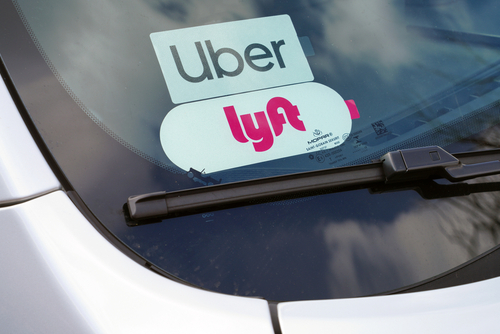Uber and Lyft must be transparent about their use of surge pricing to set fares, warns U.S. Sen. Sherrod Brown (D-OH), chairman of the U.S. Senate Banking, Housing, and Urban Affairs Committee.

“Second only to housing, transportation costs are Americans’ biggest necessary expense,” the senator wrote in two separate July 3 letters sent to the CEOs of both Uber and Lyft. “Transportation-related companies’ increasing use of dynamic pricing, or “surge pricing,” threatens to drive prices even higher.”
The senator expressed concerns that frequent and opaque price changes and diminishing competition are making ride-hailing services less affordable and that pricing algorithms enable corporations to charge higher prices in circumstances where consumers have the greatest need and fewest choices.
“Using algorithms to set prices, including dynamic pricing, abuses consumer data and suppresses competition, making prices unpredictable and taking away people’s ability to find the lowest price,” Brown wrote. “Under these shifting conditions, fare rates are highly volatile, making it difficult for consumers to predict how much they will pay for a given ride.”
While Uber and Lyft were early adopters of dynamic pricing and have long used the technique to set fares based on consumer demand, Brown noted that the practice is spreading to more industries.
“While proponents of dynamic pricing often claim that dynamic pricing lowers costs by creating more efficient markets, your company’s rising prices cast doubt upon that assertion,” he wrote to Uber Technologies Inc. CEO Dara Khosrowshahi and Lyft Inc. CEO David Risher.
Uber’s prices increased by 83 percent between 2018 and 2022, while Lyft’s prices increased by 50 percent, according to the letters.
To increase transparency about the relationships between how the companies use algorithmic pricing to set fares and growing transportation costs, the senator asked each chief executive to answer several questions by Aug 1.
For example, Brown wants each to describe Uber’s and Lyft’s algorithms for setting prices and how the algorithms are tested, as well as how each company determines when the price for a ride should change and what factors they use to change prices, among others.
“To better understand how corporations like Uber [and Lyft] use technology to increase prices, the public needs clarity on how [they] deploy pricing algorithms and use consumer data, and on how these algorithms are affecting American consumers’ wallets,” wrote the lawmaker.